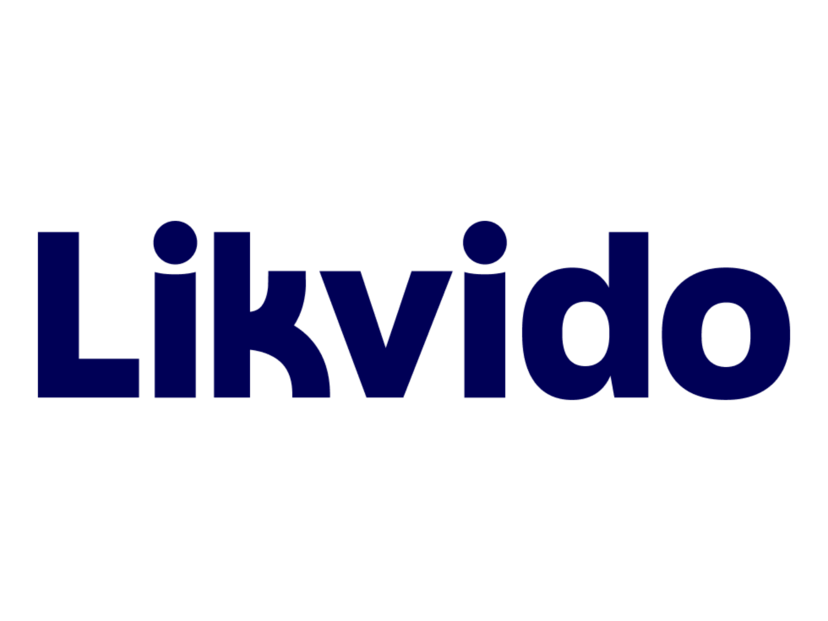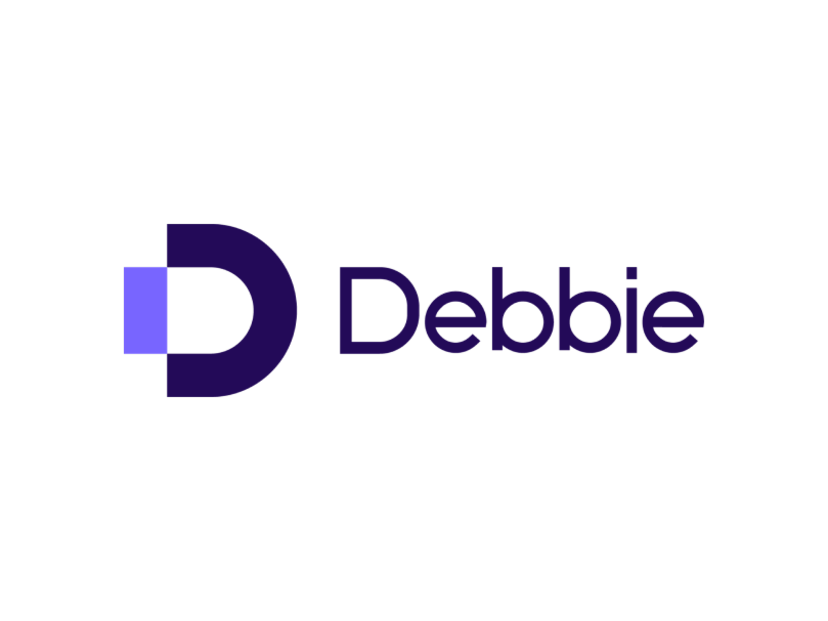Debt collection guide: Get help getting your money
The companies that lose the most money from bad payers do so because they do not know how the debt recovery process works. Therefore, We have prepared this debt collection guide so that you can get a handle on collecting money from bad payers.

During their lifetime, most Danish companies have experienced having customers who do not pay their bills on time. Collecting the debt can be a time-consuming process, and it can negatively impact your company's cash flow and liquidity.
Regardless of whether you are missing payment from a customer or you owe money yourself, it is necessary to know the most essential debt collection rules so that you are prepared if your company suddenly finds itself in a situation where you are missing payment from one of your customers.
We will go through the most essential things in the entire debt collection process here.
What is debt collection?
Debt collection is when a creditor entrusts the collection of debts from private individuals and companies to a lawyer or a debt collection company. This can include anything from unpaid bills and outstanding credit card debt to non-payment of loans.
When the debt is handed over to a debt collection system, the lawyer, debt collection company, or the bailiff court will handle the withdrawal of your debt in the future and contact the debtor. They will try to find an installment plan or other solution to ensure you receive the amount owed.
On kompasbank navigator, Alektum Group, Debbie, and Likvido can help you with the entire debt collection process – from the first reminder to the bailiff's court. In addition, their effective solutions increase your customers' likelihood of paying their outstanding debts.
Reminders and debt collection notices
As soon as you notice that one of your customers hasn't paid their invoice, it would be best if you contacted them. It is okay to be reluctant to send a debt reminder to the customer, as the chance you will receive the payment decreases the longer the time passes. However, many send a friendly message first, as the customer may have forgotten to pay.
A reminder is a warning of the consequences of non-payment, and it must, among other things, contain information about the debt, such as the date the debt should have been paid, whether interest is to be paid on the debt, and a reminder that if the payment is not settled, a lawsuit may follow. You already have the opportunity to send the first reminder when the payment deadline has passed. If you wish to impose a fee of DKK 100 per reminder, you can maximum send 3 reminders, and there must be a minimum of 10 days between each sent reminder.
The structure of these 3 reminders can be designed as follows:
First reminder – as you usually want to maintain a good customer relationship, the first reminder should appear as a friendly heads up, as the non-payment may be due to an oversight.
Second reminder – if you still haven't received a response or payment after the first reminder letter, you should send a new reminder where you sharpen the tone towards the customer. You do not need to send this reminder and thus choose to go directly to the debt collection notice.
Third reminder – if you still haven't received payment, you must send a debt collection notice. Here, you must state that if continued non-payment is continued 10 days from the time of dispatch, the case will proceed to debt collection.
As you can see from the above, there are no rules for how many reminders you must send before the case can be transferred to debt collection. Therefore, you do not need to send 1, 2, or 3 reminders before sending a debt collection notice. In principle, you can send the case to debt collection 10 days after the first reminder. However, it is a requirement that you have sent a debt collection notice before passing the case on to debt collection.
There are no requirements for how the debt collection notice is sent – or on which medium. You can thus send the alert via email, SMS, and letter. However, for the debt collection agency to take over your case, you must include several pieces of information in the debt collection notice.
Requirements for the debt collection notice:
You must specify exactly to who the debt collection notice is addressed.
Your company's name, CVR number, and registration number must be provided.
A clear indication of the size of the debt and what it covers.
Your customer must have a payment deadline of at least 10 days. The purpose of the debt collection notice is to allow your customer to pay the claim before additional debt collection costs are imposed.
It must be stated that the case will be sent to debt collection if you do not receive timely payment.
Although you can send a debt collection notice without having sent information about non-payment first, it is recommended that you send at least one friendly reminder to maintain a good customer relationship.
Get help from a debt collection company
As a business owner, you would rather spend time on tasks that create value for your company's progress than chase customers who pay late. Getting help from a debt collection company makes good sense, as their specialized systems and technologies can automate the process and improve efficiency. This can free up time and resources that can be used for other business tasks. By outsourcing the collection to a debt collection company, you can maintain a professional and good relationship with your customer, as the debt collection company can handle the recovery process objectively and
Here on our digital B2B marketplace, you can, get access Likvido's effective debt collection solution, which can help you recover overdue debts from your customers. When you start a debt collection case with Likvido, the case will always begin as an out-of-court debt collection process (without the intervention of the court), where they will, among other things:
Verify the debtor's information via the CPR and CVR register.
Send debt collection notices directly to the recipient via email, SMS, and letters.
Call the customer and try to agree on terms for payment or create an installment plan.
Impose collection fees and interest on the debtor by the applicable legislation.
The out-of-court debt collection process is extensive enough for the customer to pay their outstanding debt. However, if the measures continue after full payment or an installment plan, Likvido can also help you proceed to judicial debt collection. Judicial debt collection involves using the bailiff's court to exercise your right to payment from the customer. For the bailiff to assist you in recovering your money, the following conditions must be met:
The size of the amount owed is fixed. This means that there is a concrete agreement, such as a promissory note, where the exact amount is stated.
The debtor has neither objected to the amount itself nor its size.
Call the customer and try to agree on terms for payment or enter into an installment plan.
The claim must not exceed DKK 100,000 (excluding interest and other legal costs).
Likvido can help you through the entire debt collection process, from sending a debt collection notice to holding a possible meeting in the bailiff court, which increases the likelihood that you will get your money back faster.
See how Likvido has helped the Danish company, Keypartner, to get their payments faster and give them more time for other tasks here.
Published: 06/12/2023
Related Services
Professional debt collection solution
Get payment from your customers with Likvido's efficient debt collection solution for small and medium-sized businesses – 100 percent no-cure-no-pay.

Debt Collection Service
For over 25 years Alektum group has, with care, helped people become debt-free so that everyday life can return to normal. They help companies provide debt collection services for unpaid receivables.

Complete debt collection system
Debbie takes over when the customer does not pay on time and ensures that the excellent customer journey does not stop when invoices fall but continues through the reminder process to the Court - a complete debt collection system.
